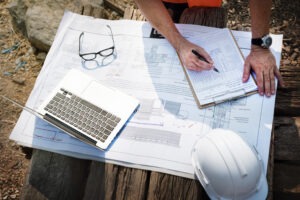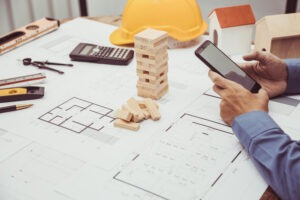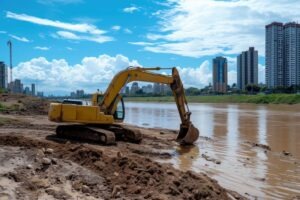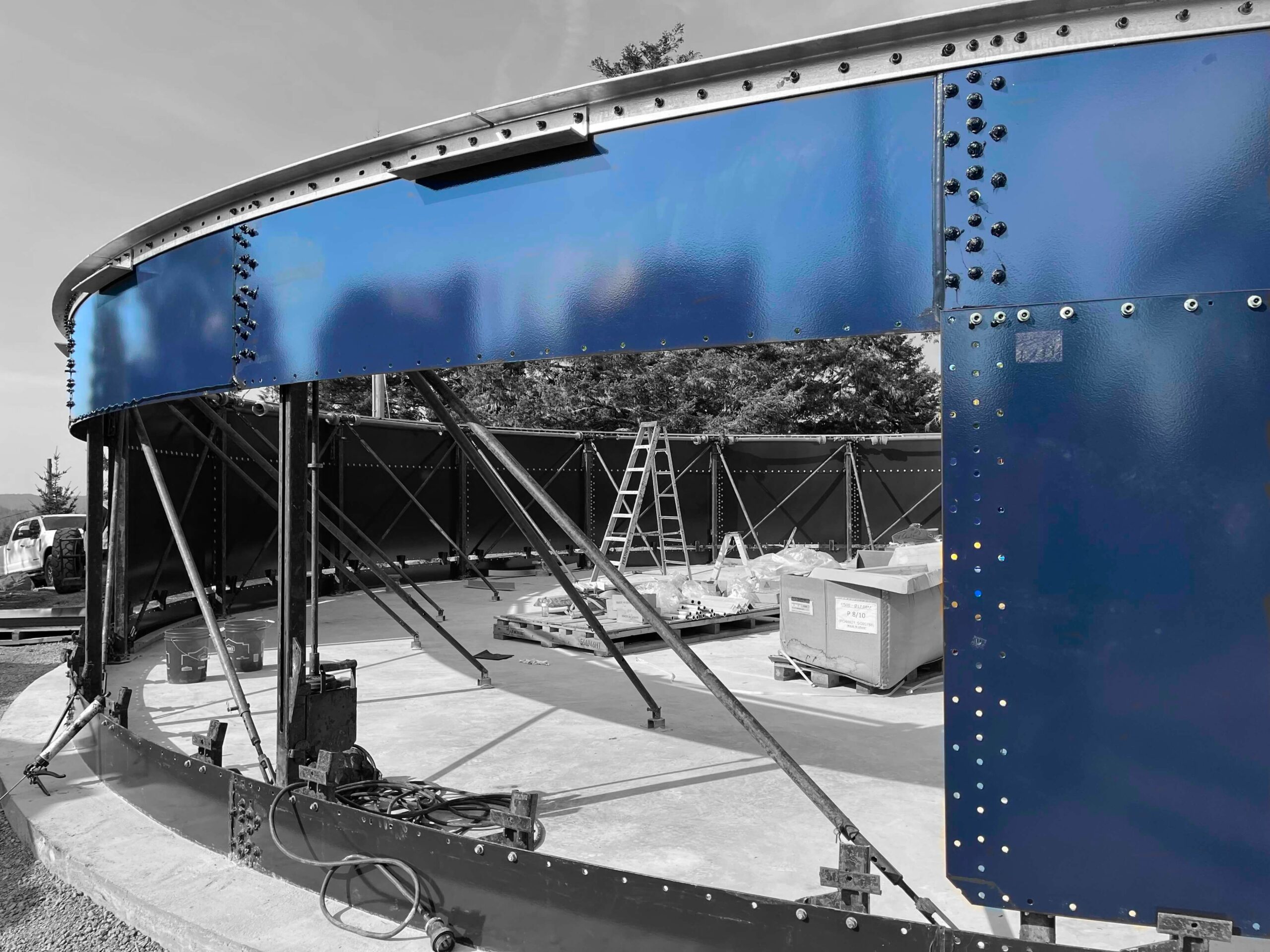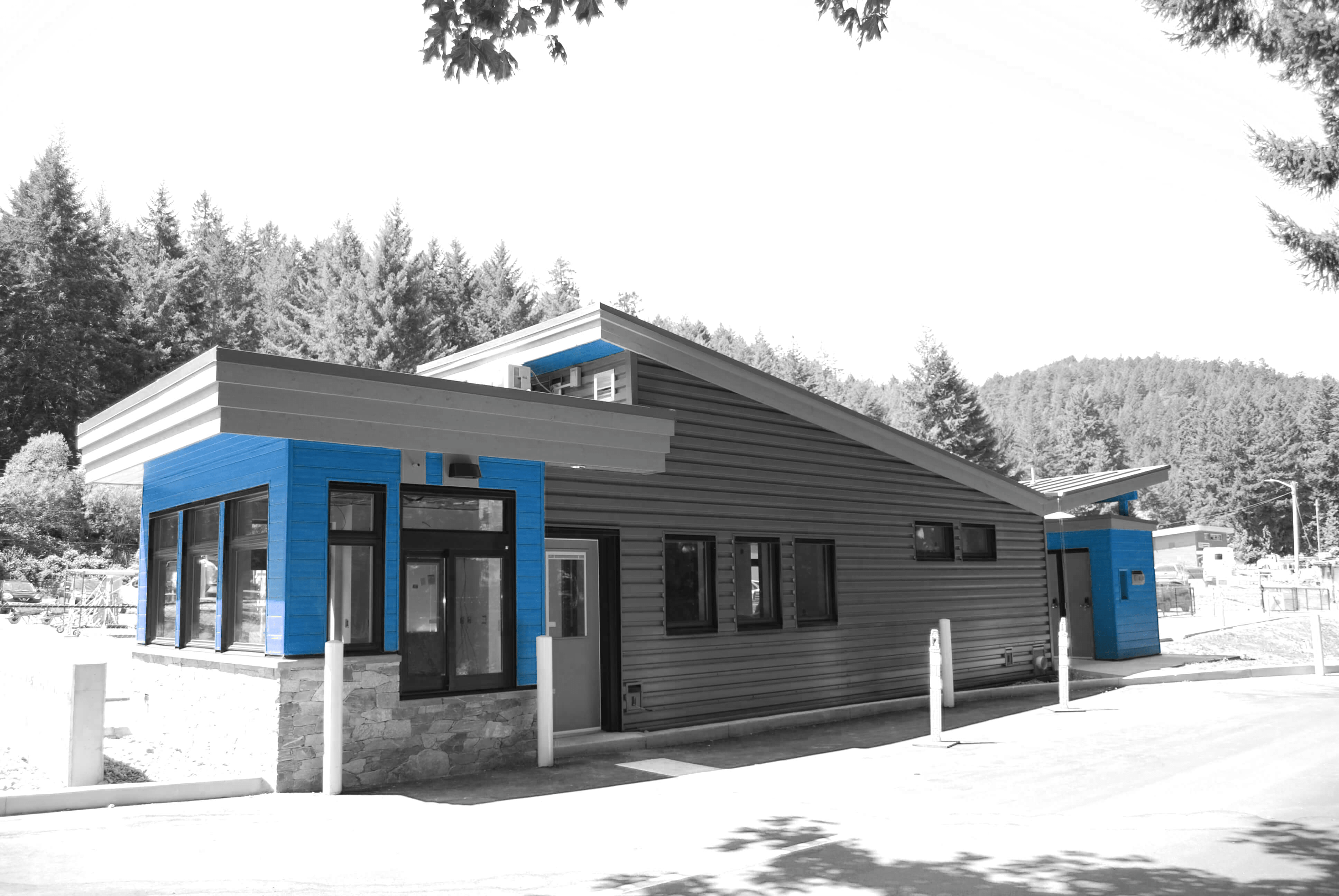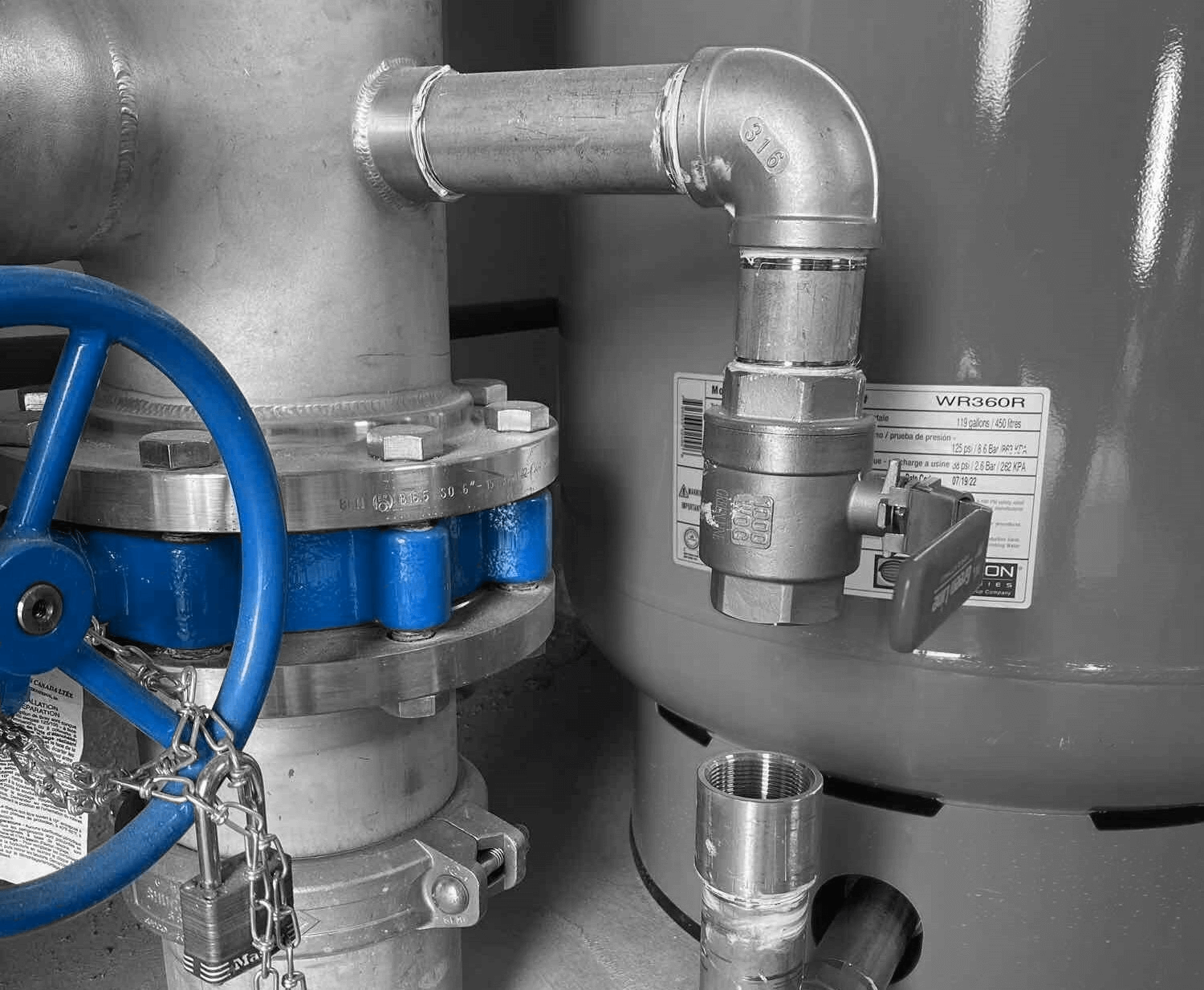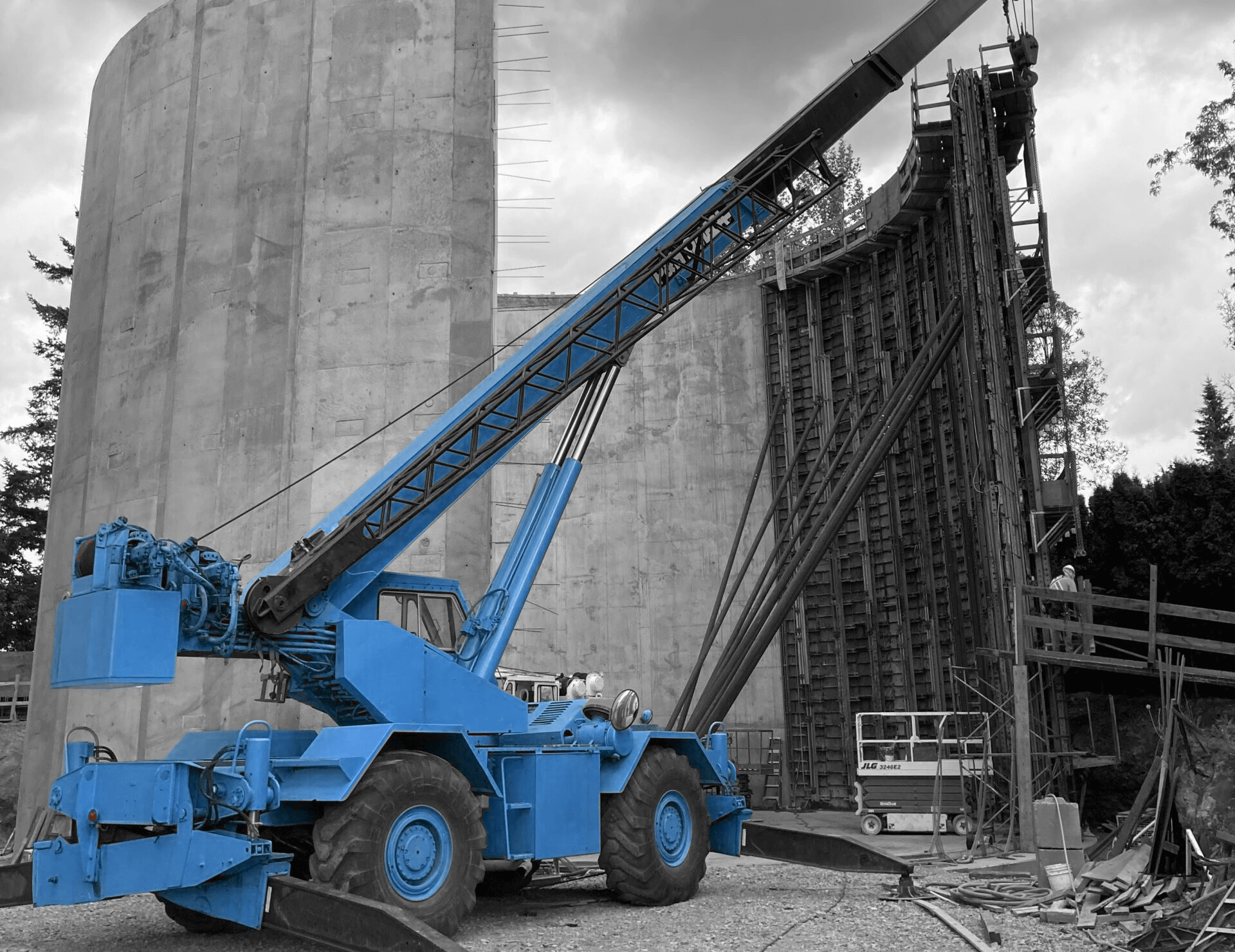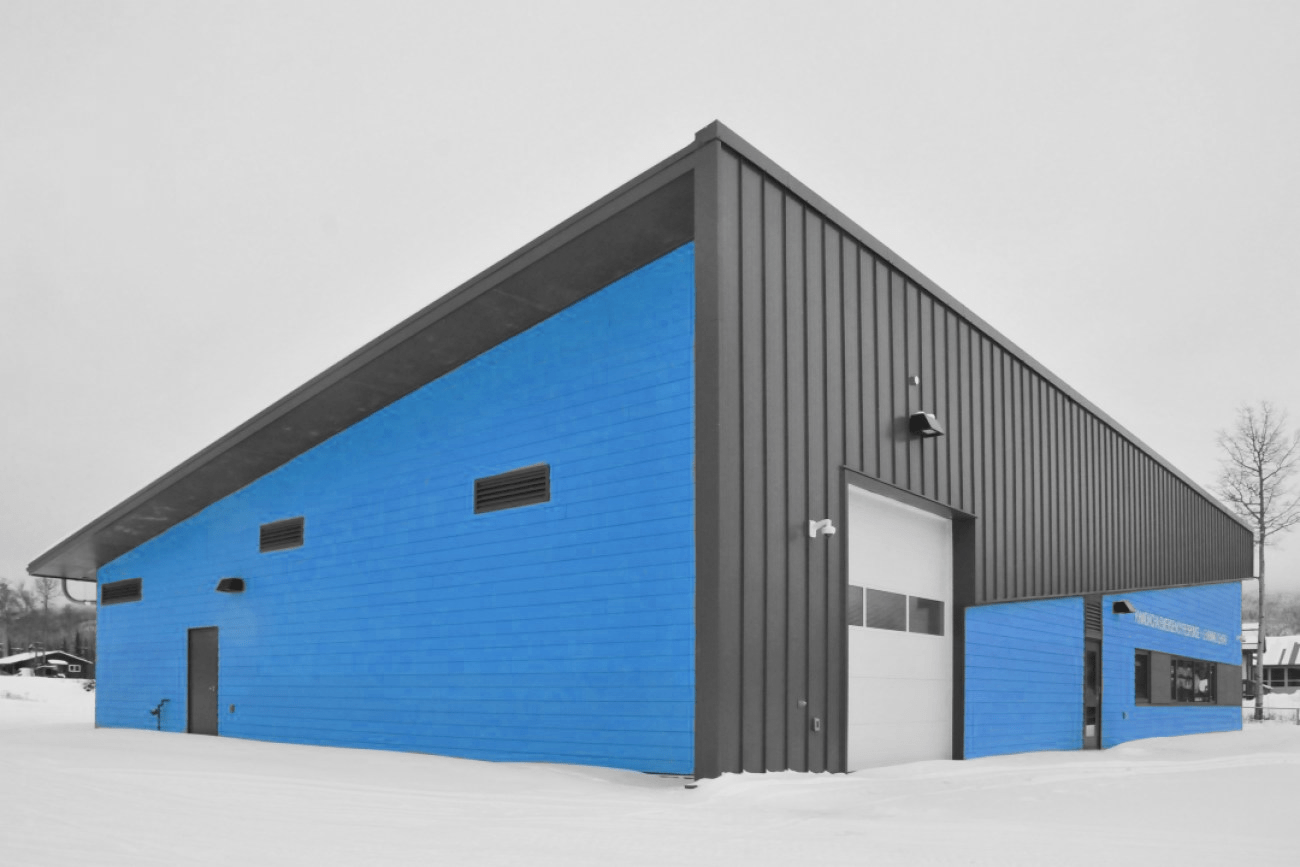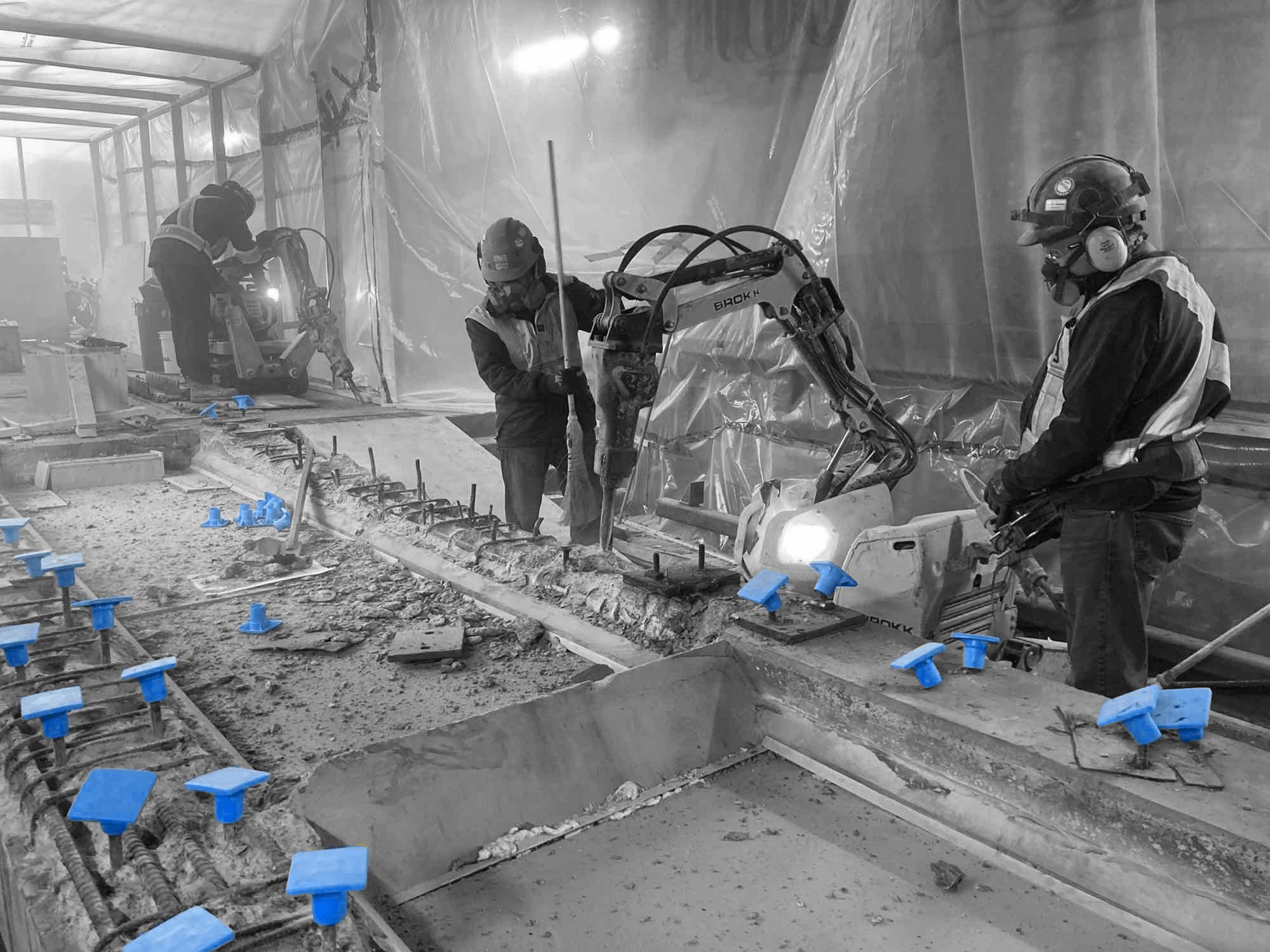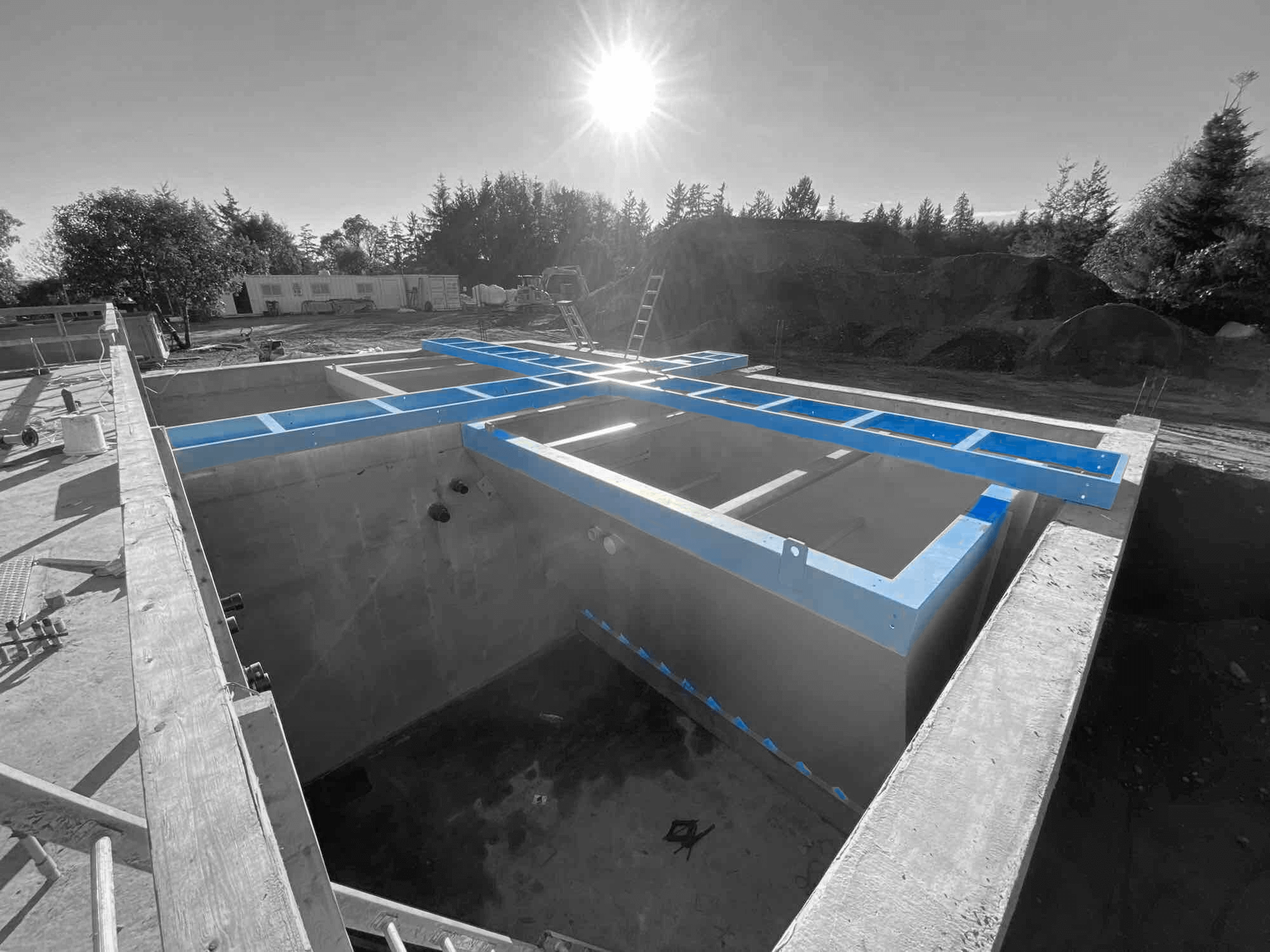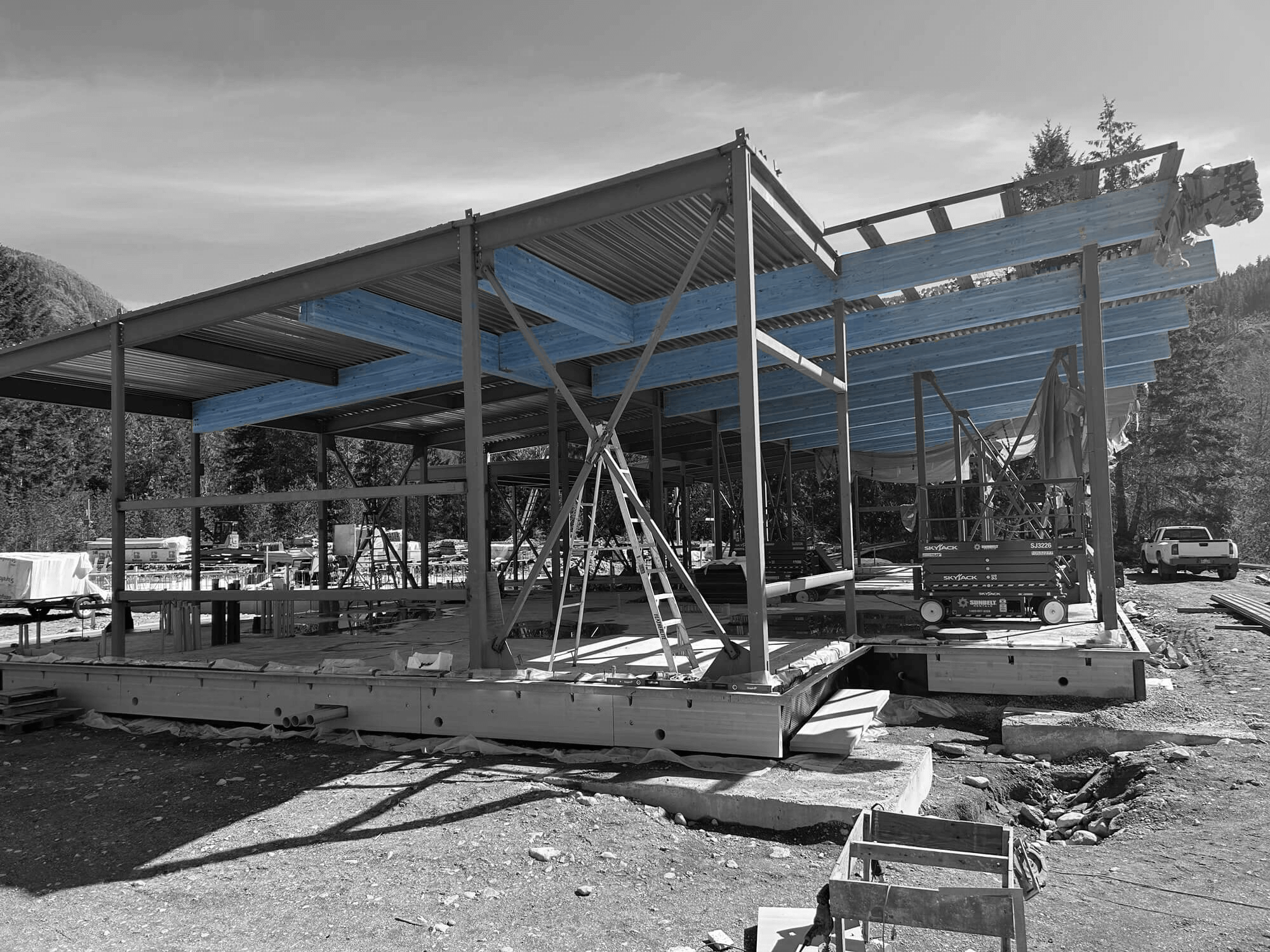Marine construction plays a vital role in shaping the landscapes of cities like Surrey, Mississauga, and Ontario. From building sturdy piers to designing intricate underwater pipelines, these projects ensure smooth waterway operations and support economic growth. However, the process is not without its fair share of challenges. Each project demands the careful consideration of both natural and man-made factors that can impact the construction timeline and outcome.
Marine construction sites encounter a variety of challenges, from unpredictable weather patterns to technical hurdles. Understanding these issues and having a proactive approach is key to managing successful projects. Companies that specialize in marine construction must navigate these obstacles with expertise and precision to deliver results that stand the test of time.
Common Environmental Challenges
Working with water presents unique environmental challenges that aren’t typically found in traditional construction. Weather, for instance, can pose significant threats to both safety and timelines. Sudden storms or shifts in wind patterns can halt operations, forcing crews to adjust schedules swiftly. It’s crucial for teams to have contingency plans to minimize downtime and maintain project momentum.
Tidal activities add another layer of complexity to marine construction. The changing tides can affect both site accessibility and the stability of foundational elements. Teams often work around tidal schedules to optimize efficiency and safety. Moreover, equipment must be chosen carefully to withstand the corrosive nature of saltwater and other environmental elements.
Addressing these environmental concerns requires a combination of strategic planning and adaptable solutions. Some strategies include:
– Implementing weather-tracking technology to anticipate and react to adverse conditions.
– Scheduling activities around tidal movements to maximize work hours and safety.
– Using specialized materials that resist corrosion, ensuring durability in challenging environments.
By anticipating and addressing these challenges, companies can protect their projects and enhance sustainability and efficiency. Working closely with environmental experts and using technological advancements can support successful marine construction endeavors.
Technical and Structural Issues
Marine construction requires overcoming specific technical and structural obstacles that can make or break a project. One common challenge is ensuring foundation stability in a dynamic underwater environment. Underwater foundations must withstand not only the pressure of water but also the shifting sands and soil below. This requires specially engineered materials and a deep understanding of local soil conditions to prevent issues.
Structural integrity is a major concern in marine settings. Elements like saltwater can accelerate corrosion, impacting metal and concrete structures. Engineers often choose corrosion-resistant materials and protective coatings to extend the lifespan of structures. When planning marine projects, a straightforward approach involves:
– Conducting thorough geological assessments before laying foundations.
– Selecting high-quality materials designed for marine conditions.
– Regular maintenance checks to manage wear and tear effectively.
By employing the right techniques and materials, marine structures can remain secure and functional for years.
Navigational and Logistical Challenges
Transporting materials and equipment across water presents distinct logistical challenges. Accessing remote or offshore sites demands careful planning and coordination. Vessels need to be chosen based on the size and weight of materials, and loading schedules must fit within time constraints dictated by tides and weather.
To tackle these challenges:
– Use barges and support vessels tailored for heavy loads.
– Plan routes meticulously to navigate safely and efficiently.
– Organize efficient loading and unloading operations.
Effective planning is vital not only for meeting project deadlines but also for ensuring safety. Proper logistical strategies help keep projects on track and budget.
Compliance and Regulatory Hurdles
Regulation is a necessary part of marine construction. Compliance with local, provincial, and federal laws is critical. These regulations cover environmental protection, safety standards, and the impact on local wildlife habitats. Builders must stay informed about changes in regulations to avoid costly delays or penalties.
Fostering strong relationships with regulatory bodies can aid in navigating this complex area. Compliance can be simplified by:
– Keeping track of the latest regulatory updates.
– Consulting with legal advisors specializing in construction law.
– Documenting compliance checks to streamline inspections.
Looking Ahead
By understanding and addressing the specific challenges of marine construction, companies can carry out projects more efficiently and sustainably. Solutions to these issues do more than protect structures; they also ensure that marine ecosystems and human establishments can coexist. By tackling environmental, technical, logistical, and regulatory challenges head-on, marine construction can support economic and infrastructural growth without compromising safety or environmental health.
By approaching each step of marine construction with a clear strategy, companies can overcome common challenges and seamlessly integrate solutions. To learn more about how companies for marine construction tackle these obstacles with precision and care, visit Industra Construction Corp. and explore the detailed services we offer in marine construction. Doing so will ensure your project runs smoothly, aligns with environmental requirements, and ultimately supports sustainable growth.



